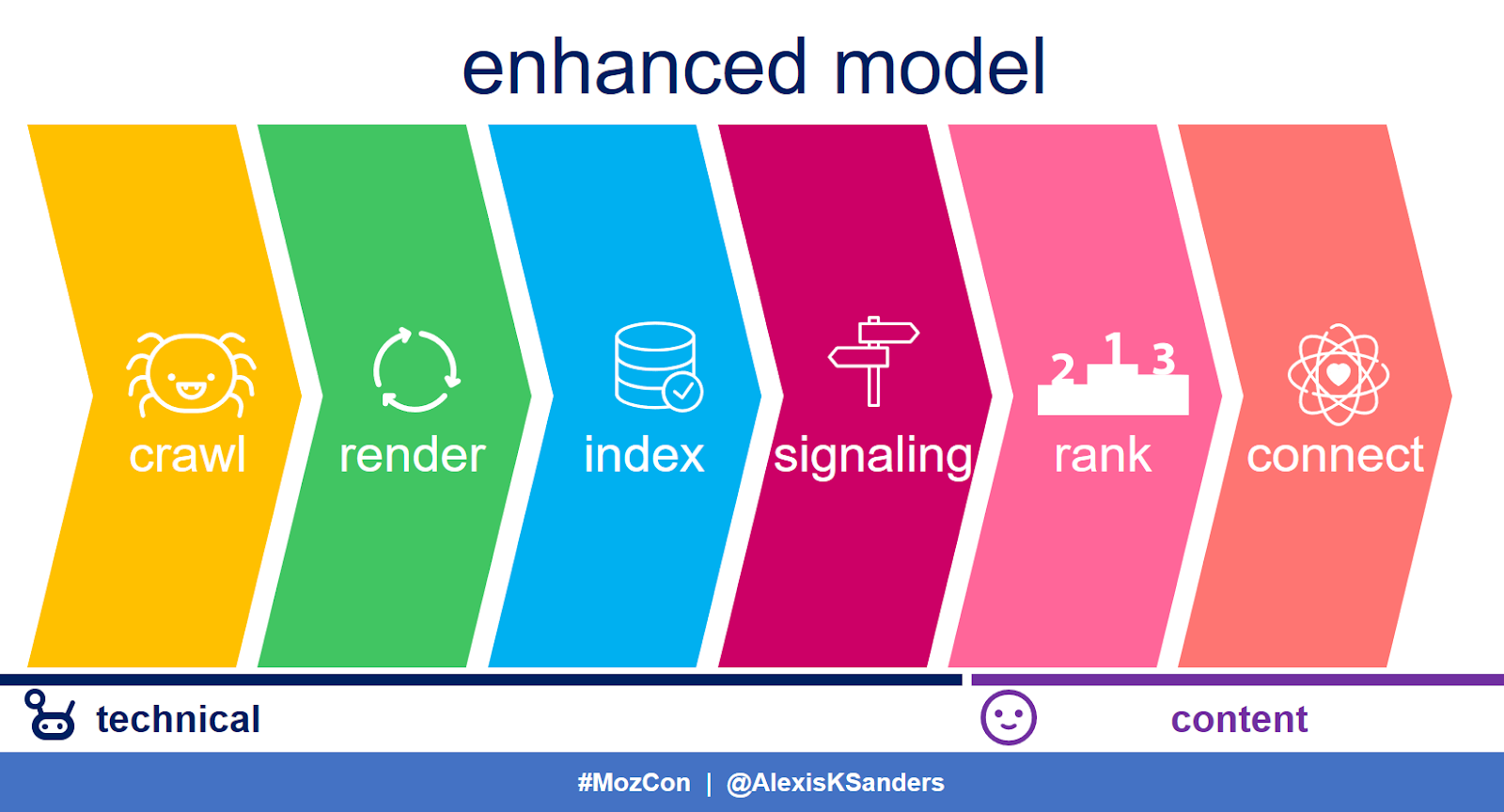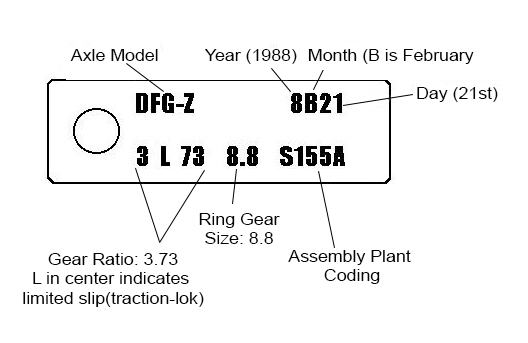This class consists exclusively of static methods for obtaining encoders and decoders for the Base64 encoding scheme. The implementation of this class supports the following types of Base64 as specified in RFC 4648 and RFC 2045. Basic Uses "The Base64 Alphabet" as specified in Table 1 of RFC 4648 and RFC 2045 for encoding and decoding operation. The decoder rejects data that contains characters outside the base64 alphabet.
The "Base64 Decode Online" is a free decoder for decoding online Base64 to text or binary. In other words, it is a tool that converts Base64 to original data. Its superpower is the ability to automatically detect the encoding standard.
If you are looking for the reverse process, check Base64 encode. In Python the base64 module is used to encode and decode data. First, the strings are converted into byte-like objects and then encoded using the base64 module.
The below example shows the implementation of encoding strings isn't base64 characters. The Base64 encoding is used to convert bytes that have binary or text data into ASCII characters. Encoding prevents the data from getting corrupted when it is transferred or processed through a text-only system. In this article, we will discuss about Base64 encoding and decoding and its uses to encode and decode binary and text data. Base64 encoding converts triples of eight-bit symbols into quadruples of six-bit symbols. Reading the input file in chunks that are a multiple of three bytes in length results in a chunk that can be encoded independently of the rest of the input file.
MIME additionally enforces a line length of 76 characters plus the CRLF. 76 characters is enough for 19 quadruples of six-bit symbols thus representing 19 triples of eight-bit symbols. Reading 57 eight-bit symbols provides exactly enough data for a complete MIME-formatted line. Finally, PHP's default buffer size is 8192 bytes - enough for 143 MIME lines' worth of input. Decoding Base64 string is exactly opposite to that of encoding.
First we convert the Base64 strings into unencoded data bytes followed by conversion into bytes-like object into a string. The below example depicts the decoding of the above example encode string output. Conversely, each 76-character MIME-formatted line contains exactly enough data for 57 bytes of output without needing to retain leftover bits that need prepending to the next line. What that means is that each line can be decoded independently of the others, and the decoded chunks can then be concatenated together or written out sequentially. However, this does make the assumption that the encoded data really is MIME-formatted; without that assurance it is necessary to accept that the base64 data won't be so conveniently arranged. But it only accepts binary data represented in array of bytes.
To encode a plain text into a base64-encoded string, we need to convert it to array of bytes first. The Convert class can convert one base data type to another base data type in C#. The Convert.ToBase64String() method converts an array of bytes to a base64 string variable in C#. To convert a string variable to a base64 string, we must first convert that string to an array of bytes. The Encoding.UTF8.GetBytes() method is converts a string variable to an array of bytes in C#.
The following code example shows us how we can encode a string variable to a base64 string with the Convert.ToBase64String() function in C#. URL and Filename safe Uses the "URL and Filename safe Base64 Alphabet" as specified in Table 2 of RFC 4648 for encoding and decoding. 122The padding character is not essential for decoding, since the number of missing bytes can be inferred from the length of the encoded text. In some implementations, the padding character is mandatory, while for others it is not used. An exception in which padding characters are required is when multiple Base64 encoded files have been concatenated.
The Convert.FromBase64String() method can convert a base64 string variable to an array of bytes in C#. The following code example shows us how to decode a base64 string to a string variable with the Convert.FromBase64String() function in C#. Standards based implementations of various Base32 and Base64 encoding/decoding methods. These are designed to encode binary data to plain text, and decode the resulting text back to the original binary. This is useful when you need to transfer binary data through technologies that only support text ...
MIME Uses the "The Base64 Alphabet" as specified in Table 1 of RFC 2045 for encoding and decoding operation. The encoded output must be represented in lines of no more than 76 characters each and uses a carriage return '\r' followed immediately by a linefeed '\n' as the line separator. No line separator is added to the end of the encoded output. All line separators or other characters not found in the base64 alphabet table are ignored in decoding operation. The atob() and btoa() JavaScript methods, defined in the HTML5 draft specification, provide Base64 encoding and decoding functionality to web pages. The btoa() method outputs padding characters, but these are optional in the input of the atob() method.
Base64 encoding can be helpful when fairly lengthy identifying information is used in an HTTP environment. The example below uses ASCII text for simplicity, but this is not a typical use case, as it can already be safely transferred across all systems that can handle Base64. Base64 is a group of similar binary-to-text encoding schemes representing binary data in an ASCII string format by translating it into a radix-64 representation. Each Base64 digit represents exactly 6-bits of data that means 4 6-bit Base64 digits can represent 3 bytes.
Btoa() From StringCreate a base-64 encoded ASCII string in the object where each character in the string is treated as a binary data byte. Since this function treats each character as a byte of ... Encoded strings are everywhere and have many legitimate uses across the technology sector. They are also widely used by malware authors to disguise their attacks and to implement anti-analysis techniques designed to frustrate malware hunters and reverse engineers. Understanding the encoding methods threat actors use can help not only in everyday operations but importantly in cybersecurity and network security contexts.
The most common methods are not terribly hard to learn and will help you to make better decisions on the legitimacy of a command or call seen on your network. In this article, I will share both a simple and a slightly more advanced understanding of Base64 encoding. These are the methods that I use to both encode and decode in my daily work. The particular set of 64 characters chosen to represent the 64 digit values for the base varies between implementations. The general strategy is to choose 64 characters that are common to most encodings and that are also printable.
This combination leaves the data unlikely to be modified in transit through information systems, such as email, that were traditionally not 8-bit clean. For example, MIME's Base64 implementation uses A-Z, a-z, and 0-9 for the first 62 values. Other variations share this property but differ in the symbols chosen for the last two values; an example is UTF-7. Base64 is a radix-64 ASCII string format that represents binary data. Each digit of base64 encoded string represents exactly 6 bits of data. From those 16 bits, the most significant 2 x 6 bits are encoded to two base64 output characters.
The remaining 4 bits are expanded with zeros and also encoded. Then a single padding character is appended to fill up the base64 quadruple. Accepts a base-64-encoded string version of a command. Use this parameter to submit commands to PowerShell that require complex quotation marks or curly braces.
The string must be formatted using UTF-16 character encoding. Use this free tool to turn binary data into text or text into binary . To allow binary data to be transmitted with textual data it must be encoded. The MIME implementation uses the characters A-Z, a-z, and 0-9 for the initial 62 values that it can use to encode data.
You can use base64_encode to transfer image file into string text and then display them. I used this to store my images in a database and display them form there. First I open the files using fread, encoded the result, and stored that result in the database. Base64 is a generic term for a number of similar encoding schemes that encode binary data by treating it numerically and translating it into a base-64 representation. The Base64 term originates from a specific MIME-content transfer encoding. You have a string that contains information such as a bitmap encoded as base64.
You need to decode this data from a string into a byte[] so that you can access the original binary. Base64 is a binary-to-text encoding scheme that represents binary data in an ASCII string format. The design of Base64 helps transmit binary formats across transports that only reliably support text content. We can also see the encoding commonly used in web development, as Base64 values can represent images in cascading style sheets and HTML pages.
Common to all binary-to-text encoding schemes, Base64 is designed to carry data stored in binary formats across channels that only reliably support text content. Base64 is particularly prevalent on the World Wide Web where one of its uses is the ability to embed image files or other binary assets inside textual assets such as HTML and CSS files. If you look at the two code samples, you'll see that they operate on byte arrays. We convert the string to bytes, then encode it, and the decoder takes the string and produces an array of byte containing the decoded contents.
To get the original plain text from a base64-encoded string, we need to convert the array of bytes to string. Encoding, encrypting, and obfuscating are becoming more and more commonplace in our age of technology. Knowing the basics is key to understanding not just how to identify threat actors and malicious files but also how to keep our end user data safe as well. I'm trying to decode an options file in xml format for an Android application. This is a value I found but couldn't successfully decode anywhere properly. It gets bits of text correct, but then there are parts that are just blank characters, which I'm assuming are the result of the AAAAA part in there.
By default this Base64 decode online tool strips characters outside of Base64 alphabet thereby allowing to decode Base64 strings even if they are unacceptable in terms of standard. For example, this avoids errors if the Base64 string was copied with extra spaces or punctuation marks. Yu can easily turn off this feature by enabling the "Strict Decoding" option. Base64 algorithm is usually used to store passwords in database. The major drawback is that each decoded word can be encoded easily through any online tool and intruders can easily get the information. Base64 is used to encode binary data in email messages and web pages, for example.
It is also used to transmit binary files through channels that are not 8-bit clean, or without the need to worry about byte order issues. Base64 is a group of similar binary-to-text encoding schemes that represent binary data in an ASCII string format by translating it into a radix-64 representation. The term Base64 originates from a specific MIME content transfer encoding.
Base64 is a binary-to-text encoding schemes that represent binary data in an ASCII string format by translating it into a radix-64 representation. A convenience wrapper struct for dealing with URL-safe Base64 encoded globally unique identifiers , making a shorter string value . As of version 2.0.0, `ShortGuid` performs a sanity check when decoding strings to ensure they haven't been tampered with, i.e. allowing...
Using the information we learned earlier we can now decode the attack and gain a better idea of what this command is trying to do. Base64 encoding converts the binary data into text format, which is passed through communication channel where a user can handle text safely. Base64 is also called as Privacy enhanced Electronic mail and is primarily used in email encryption process. There are two functions, one to encode and the another to decode a string. It uses the Convert class from System and the encoding from the encoding functions from System.Text, so don't forget to add the usings in the top of the file. This encoding helps to ensure that the data remains intact without modification during transport.
Base64 is used commonly in a number of applications including email via MIME, as well as storing complex data in XML or JSON. The authorization step made me wonder, "why the heck do we need to Base64 encode these values in the first place? " In this post, we'll learn why Base64 encoding is necessary and how to perform encoding and decoding in C#.
Base64 encoding schemes are commonly used when there is a need to encode binary data that needs to be stored and transferred over media that are designed to deal with ASCII. This is to ensure that the data remain intact without modification during transport. Base64 is commonly used in a number of applications including email via MIME, and storing complex data in XML. Converts the specified string, which encodes binary data as base-64 digits, to an equivalent 8-bit unsigned integer array.
Base64 encoding schemes are commonly used when there is a need to encode binary data that needs to be stored and transferred over media that are designed to deal with textual data. Base64 is commonly used in a number of applications, including email via MIME and storing complex data in XML. The decoder online provides an option to decode files from base64 format with one click.
The base64 converter helps users to easily encode or decode base64 data in no time. About several ways to encode Encode and Decode base64 encoded Base64 is a method of Binary Data combined into a character string with a can... Data The binary data that represents the base64 encoded string. This class implements a decoder for decoding byte data using the Base64 encoding scheme as specified in RFC 4648 and RFC 2045. I prefer not having to rely on parts of the .NET framework if I don't have to.
Theres no way to check if the string you are passing to the decode function is a valid base64 format. A good working program is one that doesn't throw an exception for something stupid like that. In this blog, you will learn about base64 encode and decode simple understanding in java. Note that we're using the System.Text.Encoding class and the System.Convert class to get the bytes representing our string. Remember that Base64 is a binary representation scheme, and bytes are binary (1's and 0's). We then use the ToBase64String method to finish the process.
MIME does not specify a fixed length for Base64-encoded lines, but it does specify a maximum line length of 76 characters. Additionally it specifies that any extra-alphabetic characters must be ignored by a compliant decoder, although most implementations use a CR/LF newline pair to delimit encoded lines. The process is repeated on the remaining data until fewer than four octets remain.































No comments:
Post a Comment
Note: Only a member of this blog may post a comment.